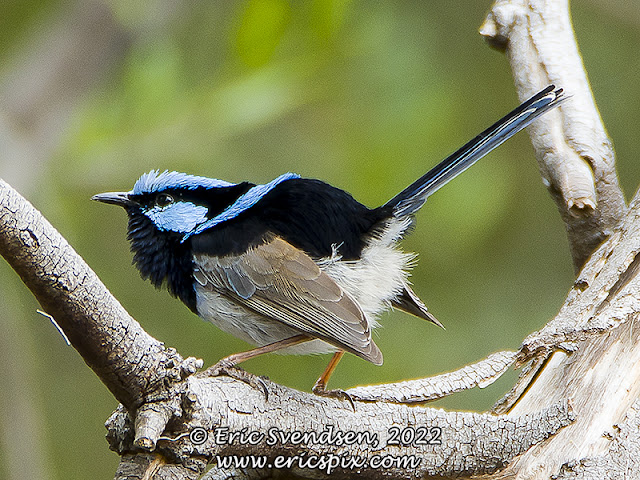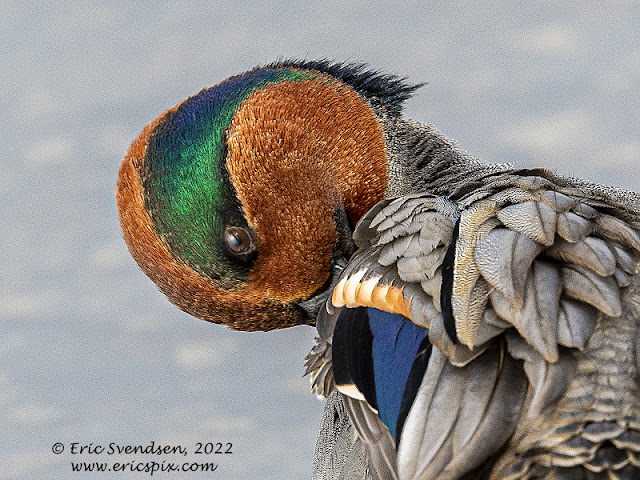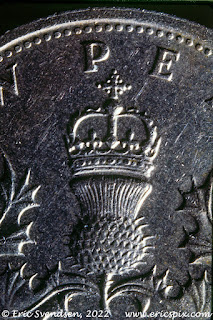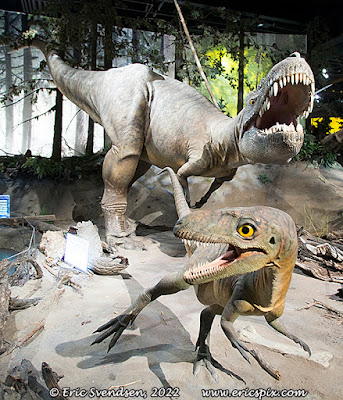Feeling Ripped of at Kelowna Chrysler Dodge Jeep Ram.
I am very angry. I made it clear to the salesperson that I had two vehicles to trade in for a truck that I was interested in. I told him clearly that I was willing to deal if I could trade in both vehicles and pay an additional $10,000. The vehicles included a 2014 Jeep Cherokee Trailhawk (80,000 km) with flat tow braking gear and 8000 lb warn winch and 2008 HD Ford F150 XL with club cab, 8' box, bed liner, canopy, and roof rack. We talked for an hour, went for a test drive, talked some more, and he had my jeep reviewed for its value. I returned home with the jeep and came back later that afternoon with my half-ton to have it inspected as well. The salesperson could have talked to me about the value of the jeep, raised some concerns, but instead went on as if there were no issues. As a result, my hopes got raised and, in my mind, I was developing future plans for using the truck to go camping this summer. I was told a 2016 model was coming in and I wanted to see it and th























